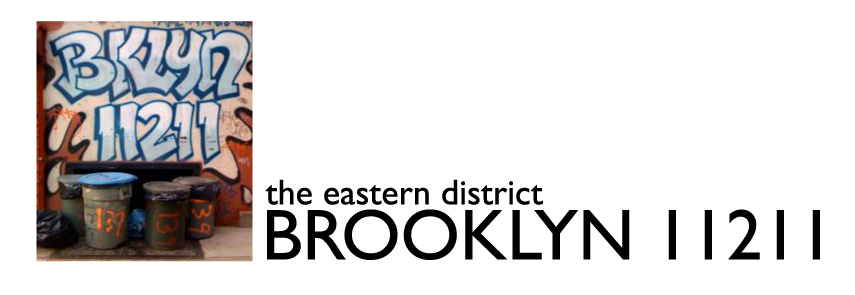The Greenpoint Gazette’s Jeff Mann nails it:
The tragedy strengthened the calls of many Greenpointers to establish a shelter in the neighborhood to deal with its unique homeless population… Greenpoint’s indigenous homeless population consists, for the most part, of Polish speaking, chronic alcoholics. Unfortunately, the Department of Homeless Services (DHS) does not offer a solution for people who need permanent housing, alcohol counseling and a Polish speaking staff. In fact, their alcoholism often disqualifies them from housing, raising fears that the neighborhood could see more fatalities as winter approaches.
The recent suicide in McGolrick Park cruelly emphasizes the crux of the issue over the proposed homeless shelter at 400 McGuinness Boulevard – Greenpoint has a homeless population that needs help, but the help they need would not be available at the homeless shelter that the City wants to put in the neighborhood.
